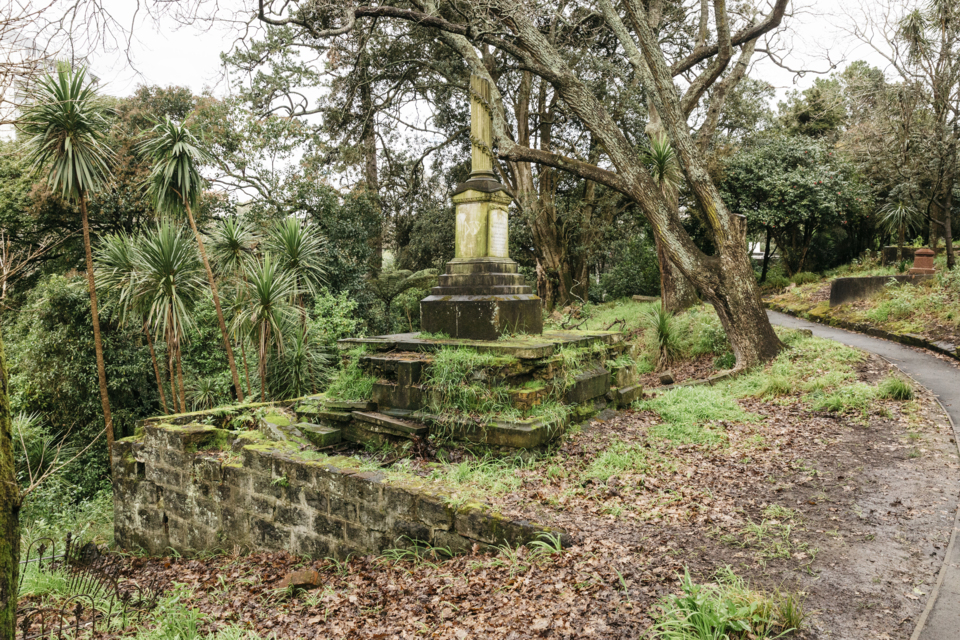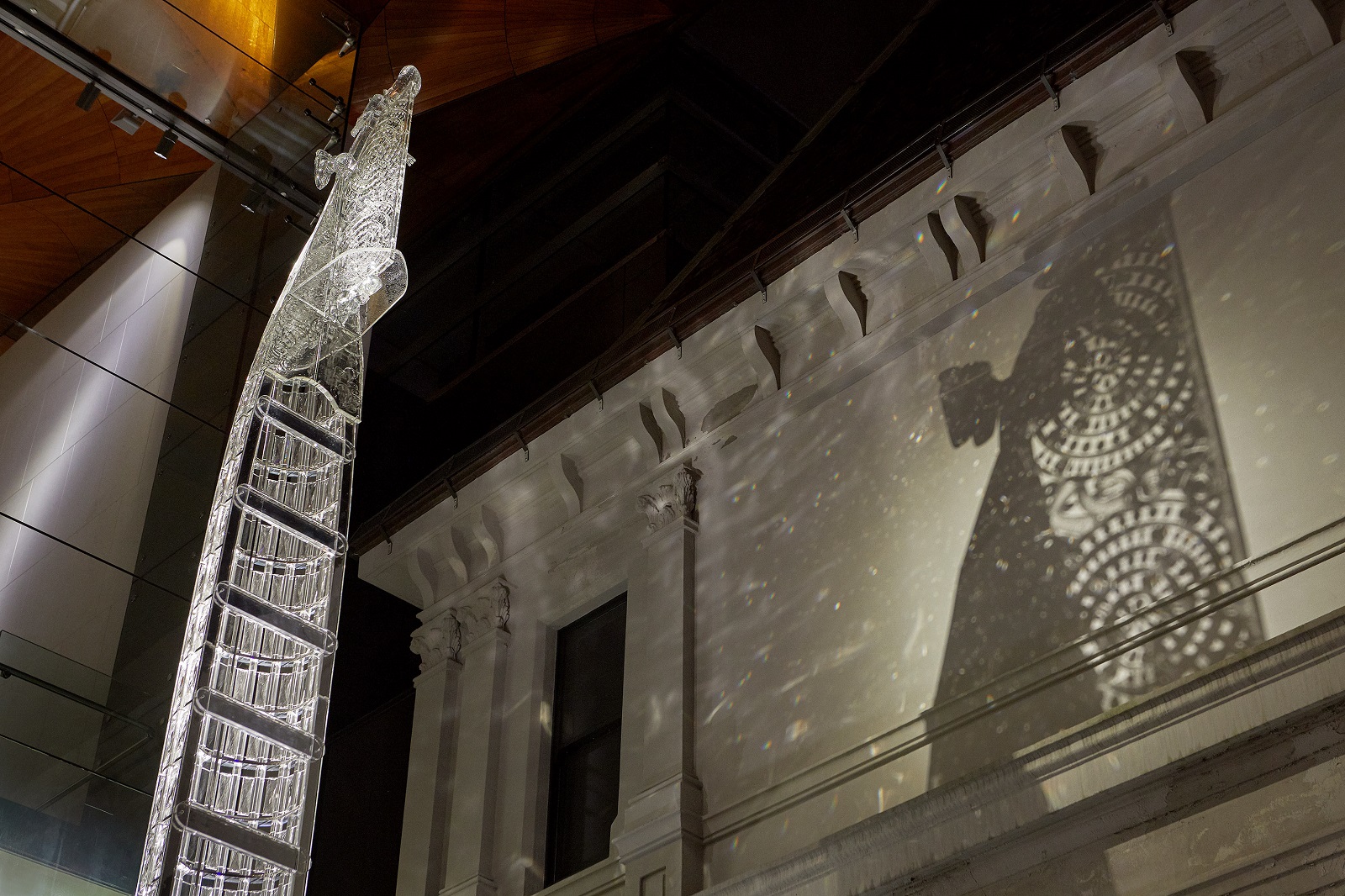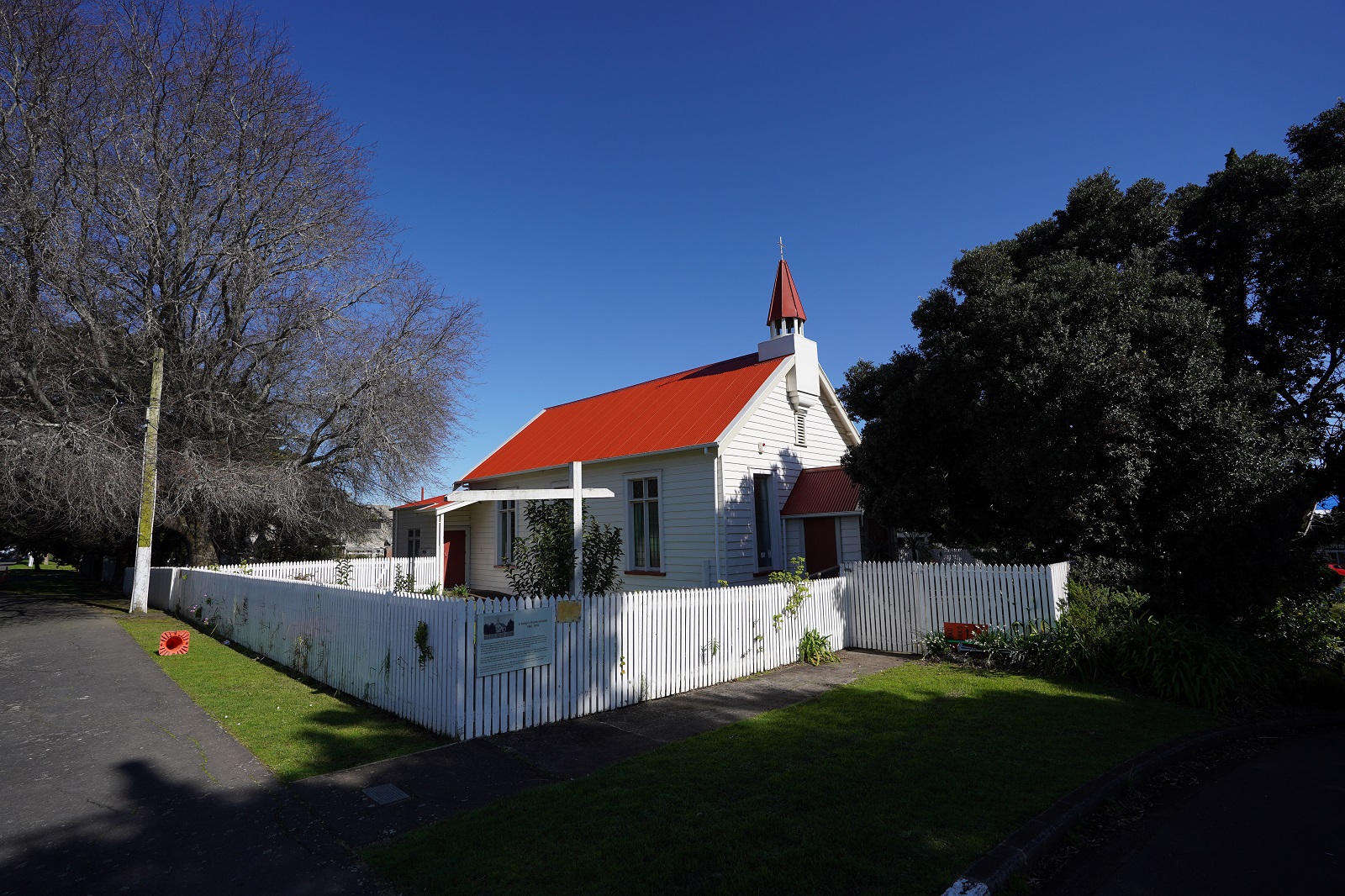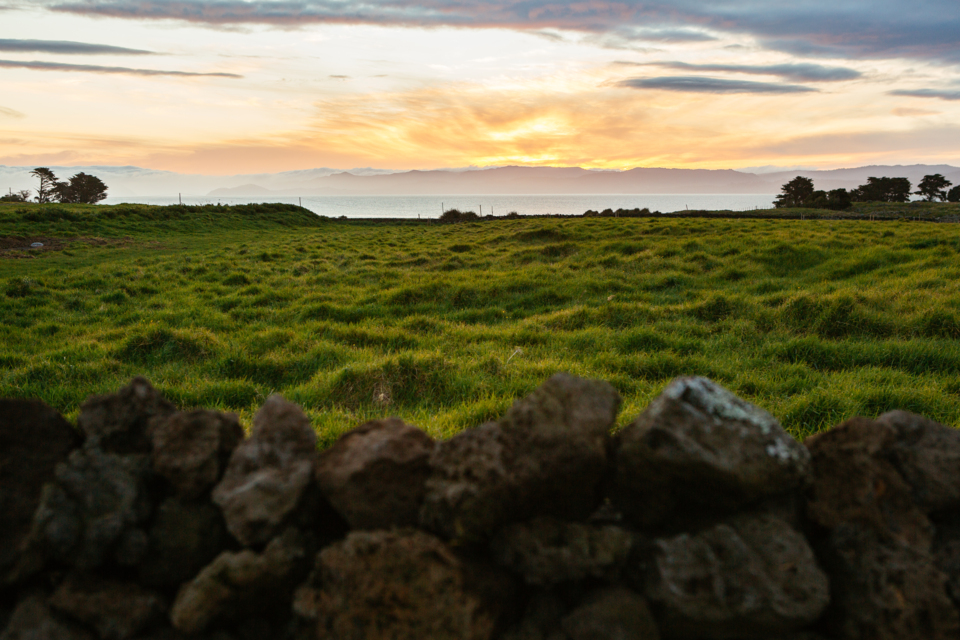When we think of ‘history’, our minds naturally turn to books, lectures or museums.
But history is more than that. It is everywhere –and it starts as you walk out your door.
Auckland Heritage Festival, which runs from October 1-16, invites you to start that journey but there are also 26 Heritage Walks across Tāmaki Makaurau that you can do any time of the year that open a window into our region’s history.
To introduce these incredible explorations into our region’s past, here are four walks which are suitable for most ages and abilities.
Symonds Street Cemetery Kids Walk
You might find a cemetery a surprising suggestion for some family fun, but this walk is truly a special journey of discovery for children and adults alike.
One of oldest urban cemeteries in Aotearoa, Symonds Street Cemetery is the final resting place for many of New Zealand’s early European settlers and prominent early Aucklanders (like William Hobson, New Zealand’s first governor) and you can discover some of their fascinating stories through exploring the cemetery.
Before you set off, make sure you download the four-page activity sheet [PDF] so that your tamariki can complete a fun quest. But a walk around the cemetery is more than simply looking at headstones. Take in native flora and fauna and other peculiar features which you may otherwise overlook, including the recenty restored Symonds Street heritage toilets which were the first public toilets for women in Auckland.

Midtown Walk
The Midtown Walk helps open a window into the politics, economics and social forces that shaped our country’s biggest city.
Just as London had its Great Fire, so too did Auckland. High and O’Connell Streets, along with Chancery Lane, now offer upmarket shopping, dining and living but once they housed workmen and workshops while peddlers, bookmakers and cockfights were common in Vulcan Lane.
A fire in 1858 saw many of these businesses razed, prompting owners to move to Queen Street where flatter land and better drainage meant grander buildings could be constructed.
The Midtown Walk takes around an hour and a half, depending how often you stop to take in your historical surroundings.
You can make a full day of it by combining the Midtown Walk with Downtown and Uptown Heritage Walks, each also taking roughly an hour and a half.

Auckland Art Gallery, in Auckland's Midtown
Avondale-Te Whau Heritage Walks
The Avondale-Te Whau Heritage walks include the Town Centre and Rosebank Road industrial area to give a rich picture of the area’s Māori settlement, the arrival of Europeans, market gardens, early industries and the suburb’s development.
Prominent landmarks include the famed Hollywood Theatre, once the Avondale Town Hall.
From 1915 – 1923, the building had an impressive entranceway – columns, wide stairs, and a dome on the roof – that lead toa humble wooden hall.
When Avondale became a borough in 1922, it was decided to keep the entranceway but move the old hall and replace it with a slightly grander building. In 1927, the building became a cinema – still beloved by today’s movie-goers.
But the Hollywood is not Avondale’s oldest surviving building; St Ninian’s Church and Churchyard across the road from the Hollywood, built in 1859 – 60, and St Jude’s Anglican Church up the hill, opened in 1884, both predate it.
Even earlier traces of Māori settlement remain alongside Te Whau River and Te Auaunga (Oakley) Creek.
If you walk along their banks, try to imagine the seasonal camps and papa kāinga (villages) of tangata whenua who hunted for kuaka (godwits) which flew overhead in such numbers that they could be knocked from the sky with long poles.

Ōtuataua Stonefields Walk
If you’re looking for some of the best-preserved remains of early Māori occupation in Tāmaki Makaurau, head to Ōtuataua Stonefields Historic Reserve.
Radio-carbon dating of shell middens (old household rubbish dumps) on neighbouring Puketutu Island date back 800 years, making it one of the earliest places that humans lived in in Aotearoa.
Stonework and earthwork structures are found across the reserve, showing how Māori lived and gardened and, later, how European settlers further shaped the rocky landscape by building stonewalls and sowing exotic trees.
While the entire reserve spreads across 100 hectares, there are three compact walks that can be done separately or combined to give a full picture of the botanical, geological and historical features.
But remember – this area is wāhi tāpu (a sacred place) to descendants of Te Wai-o-Hua and Waikato iwi of Tainui, so be respectful when visiting, taking care not to eat on the reserve (you can drink water) or walk atop the remains of the Puketaapapa volcano.


